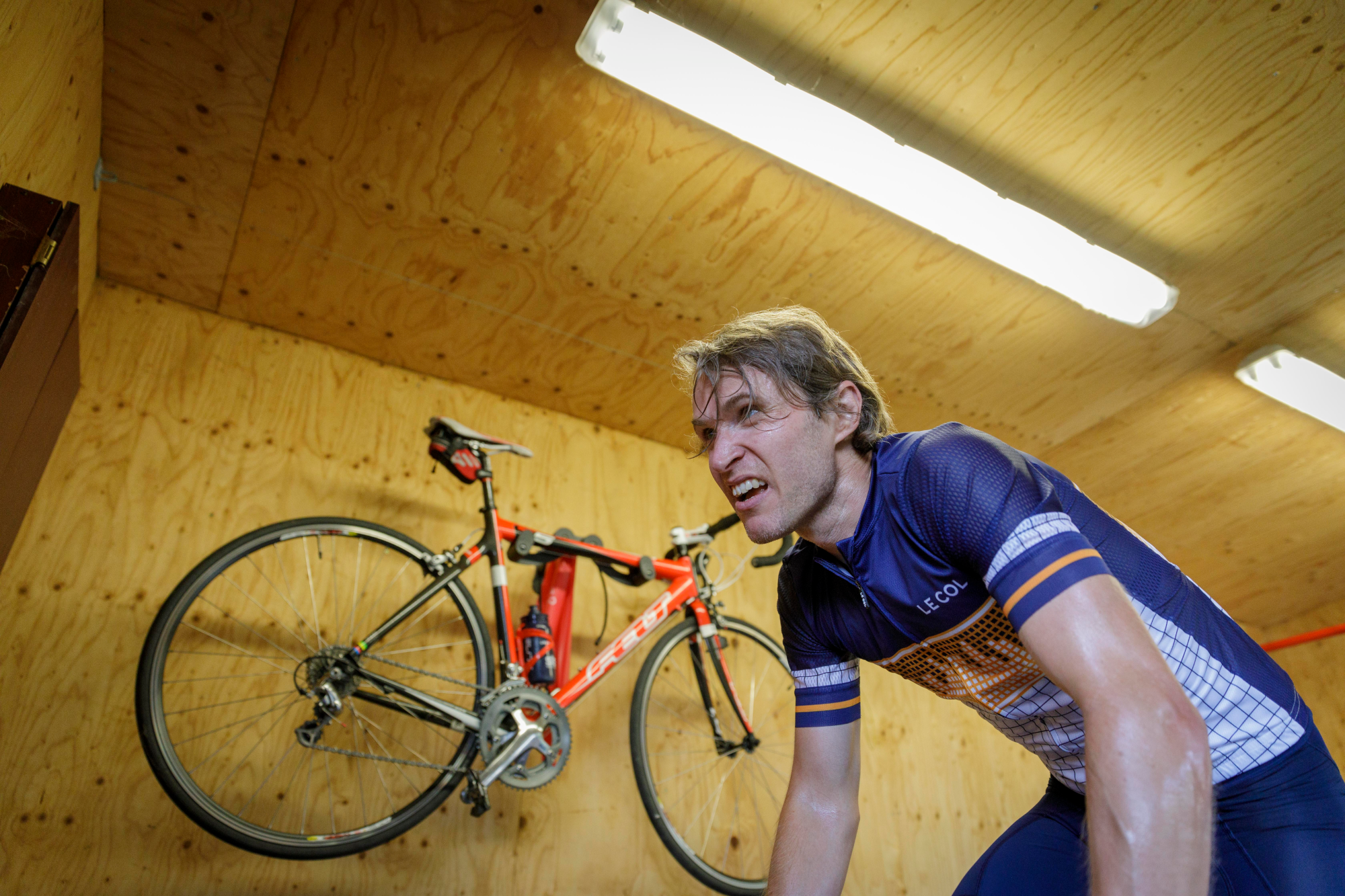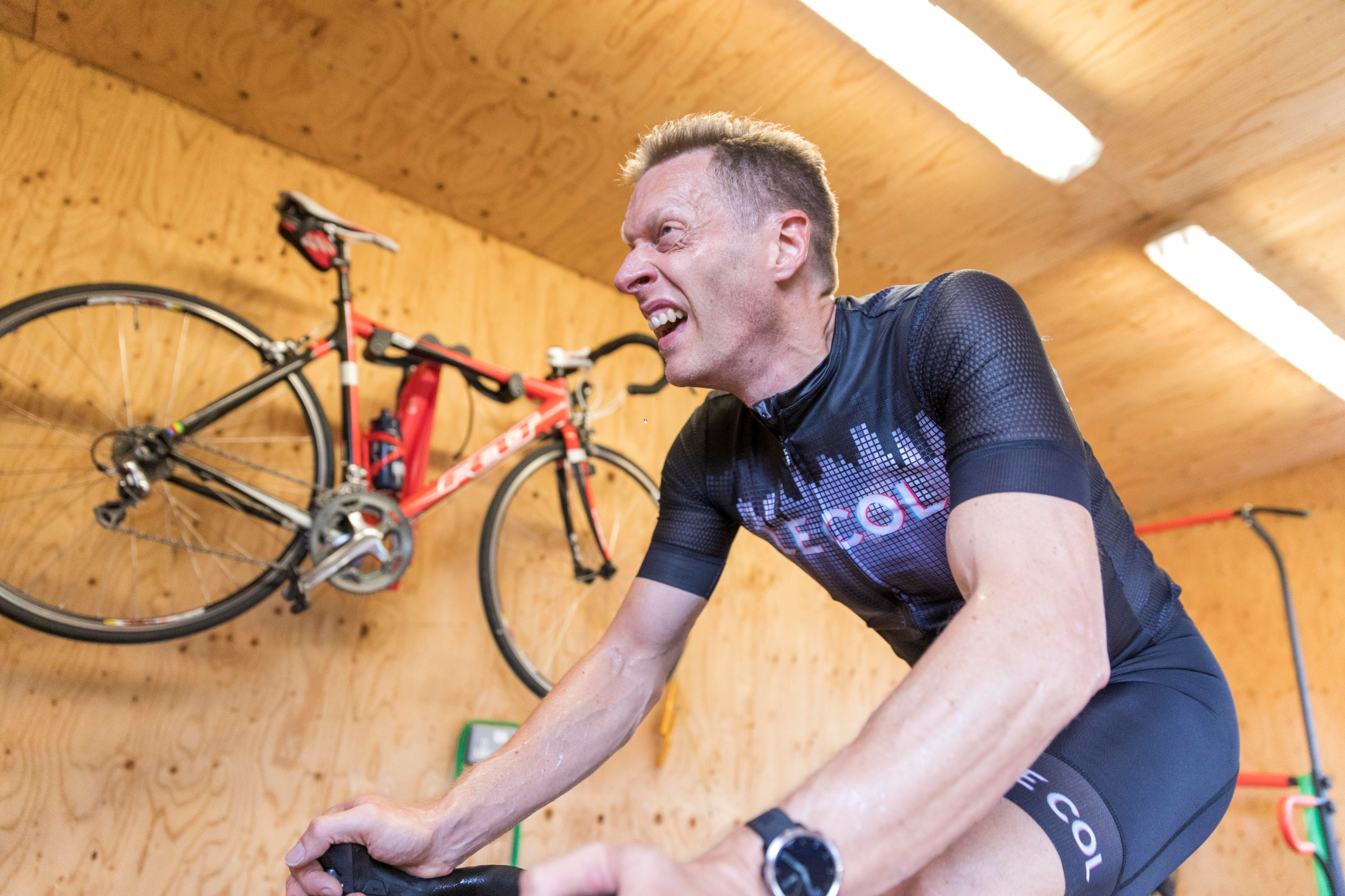Ask a coach: 'Are some methods of calculating FTP more reliable than others?'
From training to time trials, an accurate estimate is vital for getting the best out of yourself


Most cyclists, it’s fair to say, can be a little (over?) obsessed with their FTP or ‘Functional Threshold Power’. The variety of testing protocols and profusion of names – CP, RCP and LT2 all being roughly the same as FTP – can be taken as a symptom of this fervent fixation as much as anything else.
It can all be very confusing, even before you start digging into the question of how reliable those numbers you’re generating actually are. Sports scientist and coach James Spragg is on hand to provide some clarity…

Sports scientist and coach James Spragg is one of the experts who will be answering your questions in Cycling Weekly's ASK A CYCLING COACH series which comes out every Wednesday. Working both in research and applied settings, he currently runs Intercept Performance Consultancy.
What is ‘threshold’?
Let’s start here – ‘threshold’ power is the power below which, from a physiological perspective, everything is in control and above which it isn’t. Below ‘threshold’ blood lactate and oxygen uptake will be consistent at a consistent power output (at least for a fairly long period). Above ‘threshold’ blood lactate and oxygen uptake will progressively rise even at a consistent power output. In the scientific literature, this intensity that separates the sustainable from the unsustainable is often called the ‘maximal metabolic steady state’.
The physiological determinants of the MMSS are multifaceted and complex but most likely relate to the accumulation of substances (known as metabolites) in the working muscle. As you ride harder and harder more and more metabolites are produced. As levels increase they eventually cross a critical level at which, not only does the muscle become less efficient, but there are also more signals going from your muscles to your brain telling you to stop.
Having crossed this critical level, as the muscle becomes less efficient it uses more oxygen, and produces yet more metabolites for the same power output; this kicks off a vicious circle which eventually culminates in you hanging over the bike in a puddle of sweat unable to turn the pedals.
Clearly then your ‘threshold’ or more precisely your MMSS is an important intensity in terms of performance, but the question is… how do we estimate it?
There are numerous ways to estimate MMSS in a laboratory setting – from looking at blood lactate concentration to ventilation and oxygen uptake through to the level of oxygenation in the muscle. Getting into this would require a thesis-length article – which let’s face would be more than a little dry for you all to read.
The latest race content, interviews, features, reviews and expert buying guides, direct to your inbox!
So, let’s instead focus on the ways we can estimate MMSS at home using one of the best power meters or the best smart turbo trainers.
There are two main ways, FTP and Critical Power.
Calculating threshold using... FTP

‘Functional threshold power’ (FTP) is almost ubiquitous in the cycling lexicon. While proponents of the concept may argue that it’s not the only way, it’s more than fair to say that typically FTP is estimated from a 20 min test (taking 95% of your average power over 20 mins). The benefit of this is that it’s a repeatable test that is relatively quick to do. Ease of execution and repeatability are two really important factors in any test.
However, there are a few downsides, achieving a maximal 20 min effort requires good pacing and a nice consistent stretch of road. And while both are perfectly feasible, even a perfect test might not give a great estimate of MMSS. Research suggests that as an average across a wide range of cyclists MMSS does occur at ~95 per cent of maximal 20 min power, however, at an individual level we don’t see very good agreement between FTP and MMSS – missing the mark in some cases by more than 20 per cent. Taking 95 per cent of your 20 min average power to estimate MMSS could be considered an ok general rule of thumb, but at an individual level, it is not that useful.
Calculating threshold using... Critical Power

The alternative is Critical Power or CP as it is commonly known. CP is estimated from several (ideally 3-5) maximal efforts between 2 and 15mins in length. The premise of the CP concept is that we can only produce a fixed amount of energy when exercising above the CP (this is known as W’) – if we get people to do multiple maximal tests at power outputs above their CP then with a bit of simple maths we can calculate both the CP and the amount of energy available above it – this is known as W’.
The downside of this approach is that it takes a little longer than an FTP test – but can still be achieved within a single session (albeit a slightly longer one). And it involves multiple (albeit shorter) maximal efforts.
The advantages of the CP concept are that it produces an individualised estimate of the MMSS rather than one based on an arbitrary percentage. This provides a very accurate estimate, so much so that the CP concept is often used instead of more invasive measures in a lot of scientific research (my own research included).
An added bonus of the CP concept is that because it estimates both the MMSS and the amount of work that can be completed above it, it can predict performance very nicely over a range of intensities (from ~2min to ~30 mins). In fact, it has been shown to predict 10-mile TT performance much better than FTP.
Verdict
My personal preference is the CP concept. I think the benefits of a more accurate MMSS estimate outweigh any disadvantages. Having an accurate estimate of MMSS and being able to predict maximal power outputs across a range of durations is something I find incredibly useful as a coach and sports scientist.
In this age of online training plans and workouts, do you ever find yourself with a burning question you’d like to directly ask a cycling coach? Well, now is your chance to ask away! In this series, we’ll be putting your questions to expert coaches – send them in at anna.abram@futurenet.com.
James Spragg is a sports scientist and coach, working both in research and applied settings. When not working with athletes James can be found skiing, climbing, cycling or drinking coffee!
Alongside Dan Lorang and Peter Leo, James runs Intercept Performance Consultancy. Over the last 8 years in various roles, as coaches, performance consultants, performance managers, and sports scientists, Dan, James and Peter have played a role in helping athletes achieve more than 10 World Championship titles, several Olympics medals (including a Gold and Silver Medal in Tokyo 2020) and several Top 5 results in some of the biggest sporting events on the planet (Tour de France, Olympics, World and European Championships). Our single focus is on improving performance in all settings.